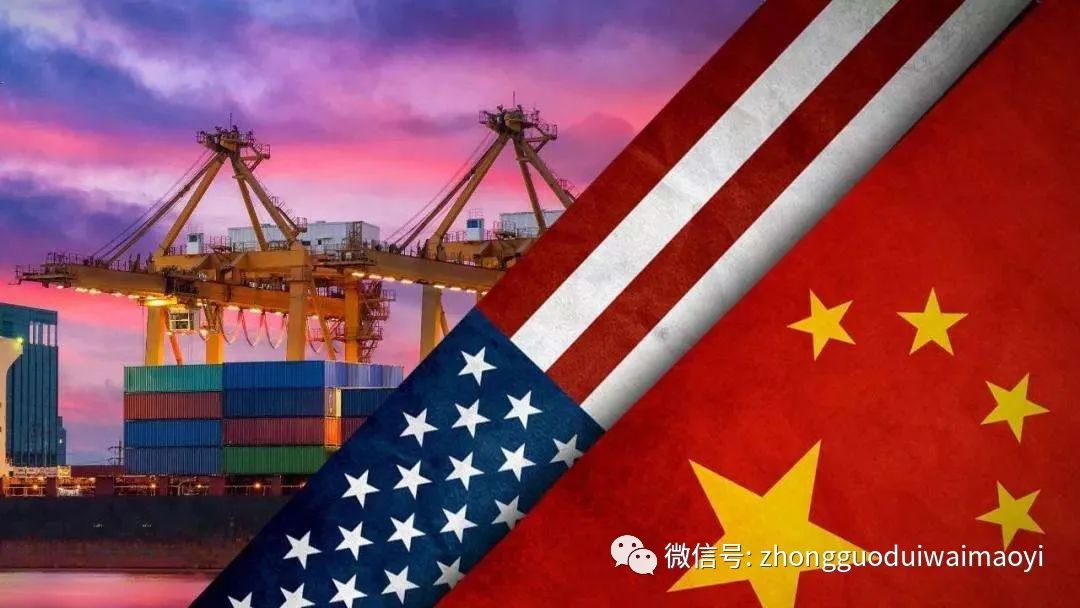
Abstract
The American technological blockade and decoupling from China have become a strategic consensus within the U.S. that will not change despite the rotation of American political actors. It is essential that a clear and accurate understanding of this basic structural fact should be developed for future policy making, and that hopes based on unrealistic future contingencies should be abandoned. In this report, a systematic study and review of the U.S. decoupling measures, which have already taken place and that are likely to continue being strengthened, are covered. The four main areas include: technology decoupling, financial decoupling, talent decoupling, and standards decoupling. Second, given that an all-encompassing and systematic decoupling initiative by the U.S. has unfolded, we propose two basic principles – staggered opening and targeted re-coupling. Through a staggered opening, China shall promote targeted re-coupling between U.S. goods, services, and Chinese markets, as well as that between U.S. capital and Chinese industries, while engaging in deep technological coupling and economic bundling with countries outside the U.S. Finally, in terms of concrete responses, the advantages of the Chinese diversified-ownership economy should be fully exploited so that both private and state-owned enterprises (SOE) can identify their niche in a besieged and "unfettered" global market. Among them, private enterprises should play a significant role in opening-up to the outside world while becoming the leading force in avoiding the nightmare scenario of China’s forced decoupling from the world's technological frontier. Chinese SOEs at the central level should develop domestically to maintain and strengthen national security, promoting the marketization of enterprises internally without competing with the private sector, forming a "federalized" competition within the private sector. They should also promote “0” to “1” breakthroughs in cutting-edge civilian technologies by utilizing civil-military integration in critical areas in order to coordinate and fully unleash the economic and social endowments of China's military technological capabilities.
Research Questions
-
Analysis of the current U.S. policy on scienctific, technological containment and decoupling from China
-
How can China strategically respond to the U.S. decoupling policy?
-
How do SOEs and the private sector respectively achieve indigenous innovation while opening up?